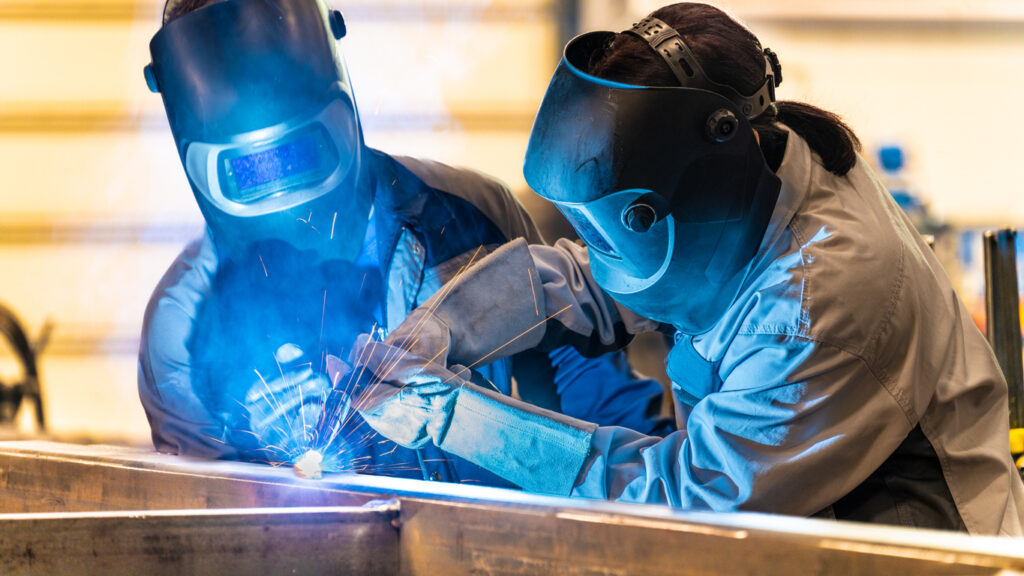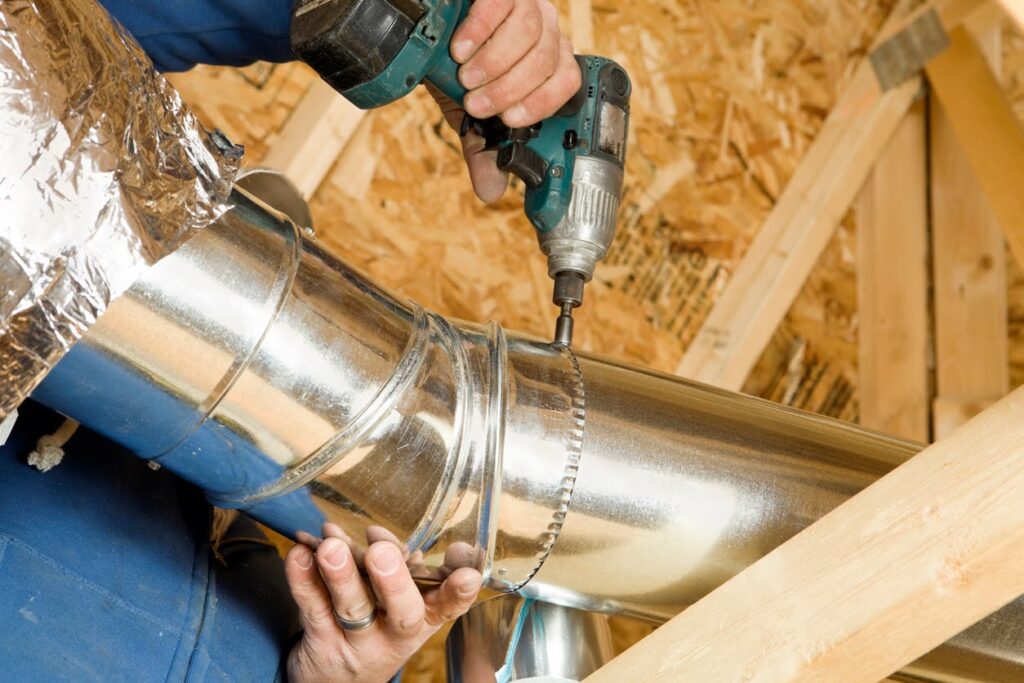Keeping It All Together – The Importance of Welding in Sheet Metal Fabrication
Welding is the backbone of sheet metal fabrication, ensuring that various components come together as one. Maintaining the highest quality in welds is critical for the integrity and longevity of your projects. In this article, Avon Lake Sheet Metal will provide an in-depth exploration of common welding defects and the measures to prevent them. Drawing from our extensive experience in the industry, we aim to arm you with the knowledge to ensure that your welds are of the highest quality.
Identifying Common Welding Defects
Understanding the common welding defects outlined below and their root causes is essential for preventing their occurrence and ensuring the quality and integrity of welded structures and components. By employing the right techniques and quality control measures, welders can mitigate these defects and produce strong, reliable welds. Common welding defects include:
- Porosity: Porosity is a common welding defect characterized by the presence of small cavities or voids within the welded metal. It is typically caused by the entrapment of gases, such as hydrogen or nitrogen, in the molten weld pool. These gases can be introduced from various sources, including moisture in the electrode coating, inadequate shielding gas, or improper welding techniques. The consequences of porosity include reduced weld strength and increased vulnerability to corrosion.
- Undercutting: Undercutting is a defect that manifests as a groove or recess along the edges of a weld joint, typically in the base metal. This defect occurs when excessive heat is applied during welding, leading to the melting and erosion of the base metal adjacent to the weld. The causes of undercutting can include improper welding parameters, excessive welding current, or rapid travel speed. Undercutting weakens the weld joint, making it more prone to failure under stress.
- Incomplete Fusion: Incomplete fusion is a defect where the weld metal does not adequately bond with the base metal or previous weld passes. This defect occurs due to insufficient heat input, improper welding techniques, or the presence of contaminants on the base metal surface. The consequences of incomplete fusion are reduced joint strength and the potential for crack formation.
- Distortion: Welding-induced distortion refers to the changes in shape or dimension of a workpiece resulting from the welding process. This defect occurs due to the non-uniform expansion and contraction of the material during and after welding. Distortion can affect the fit and alignment of components, leading to assembly difficulties and compromised dimensional accuracy. It is essential to control and minimize distortion through proper welding techniques, such as preheating, controlled cooling, and the use of welding fixtures.
So What Preventative Measures Can Be Taken To Stop Defects Before They Occur?
Prevention is the best strategy in welding, as it’s far more efficient and cost-effective to avoid mistakes before they occur. Effective preventative measures include always opting to work with certified welders, meticulous cleanliness, ensuring joints are prepared with precision, optimizing welding settings, and implementing thorough inspections. By taking these steps, you significantly reduce the likelihood of welding defects, leading to a smoother and more successful welding process.
Addressing Defects and Ensuring Quality Control
Even with precautionary measures, defects can occasionally occur in welding projects. Early detection and swift resolution are vital to a project’s success. For instance, if porosity is identified, it can be corrected by adjusting gas flow and electrode handling. Quality control and inspection procedures play a crucial role in identifying and rectifying welding defects. At Avon Lake Sheet Metal, we implement meticulous quality control measures, including visual inspections and non-destructive testing methods like ultrasonic testing. This commitment to quality assurance ensures that our welds consistently meet the highest industry standards, setting a benchmark for quality in all our projects.
So while certain welding defects may be easily identifiable, they are always avoidable with the right knowledge and expertise. At Avon Lake Sheet Metal, we are dedicated to providing you with a comprehensive understanding of these issues and how to maintain the quality and safety of your projects. Ready to get started? So are we! Contact the experts at Avon Lake Sheet Metal today!



